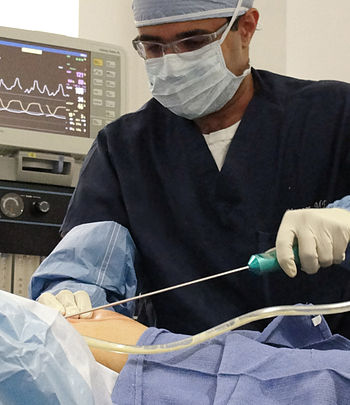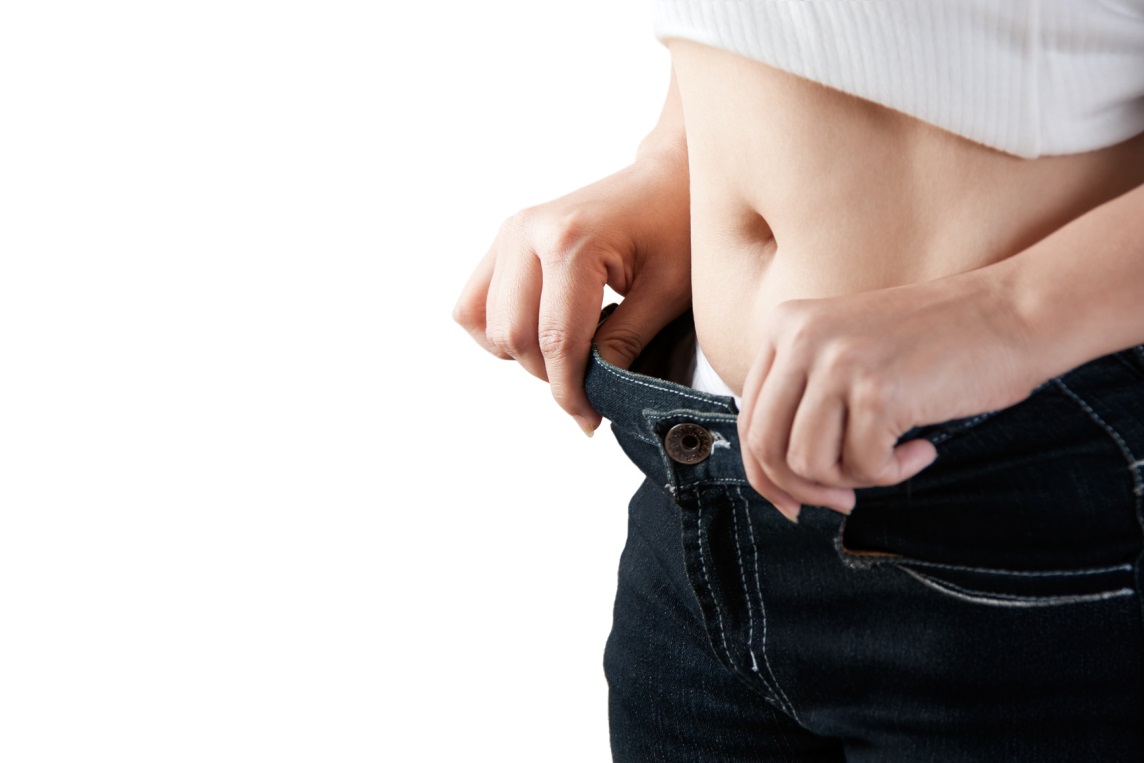You’re disciplined, you watch what you eat, and you exercise regularly. Still, those persistent pockets of fat latch on to you and won’t let go. You might have achieved the weight loss you desired, but now you have sagging skin as your reward. All the toning exercises you do seem useless. It seems unfair that you’re having trouble getting the well-toned body that your hard work and discipline warrants. These are the very reasons some people choose a liposuction or a tummy tuck procedure. But, which one is right for you?
Partner Procedures
By itself, liposuction is not a weight loss tool. The goal of the procedure is to improve your body’s contour. You can undergo a liposuction procedure to reshape a specific area or a combination of several areas. For example, you might want to reshape your stomach, legs or buttocks. Cosmetic surgeons might use liposuction in conjunction with a tummy tuck. This procedure surgically removes both fat and excess skin. It brings your profile back to a smooth and firm-looking profile.
Tummy Tuck Procedure
An abdominoplasty, or tummy tuck, often begins with a horizontal incision. Surgeons often place it near your pubic hairline. If your doctor needs to remove skin from your upper stomach, another incision will be done, this time near your navel. The surgeon will then remove the excess fat and suture your weakened muscles. After repairing your tissues and removing the extra skin, your doctor will close the incisions.
Ideal Candidates for the Tummy Tuck Procedure
Older people get a nod for the tummy tuck procedure because as they age, their skin loses elasticity and sags. People who have lost a lot of weight either through diet and exercise or through surgery might also be good candidates. Other good candidates include women who are having trouble returning to their pre-pregnancy shape. Candidates for this procedure must be in good physical condition.
Liposuction Techniques
When performing liposuctions, doctors use a cannula to suction fat from beneath your skin. They may select from one of four major categories – dry, wet, super-wet and tumescent. The difference between each technique is the volume of fluid the surgeon inserts to break up the fat. The tumescent technique is the most popular. It involves injecting large volumes of anaesthesia and other solutions to help the tissues expand and swell. The technique makes it easier to suction fat and minimises blood loss.
Ideal Candidates for Liposuction
Ideal candidates for liposuction need to be healthy. If regular exercise doesn’t help you get rid of bulging or large fatty areas, the procedure might be an option for you. Your chances of success improve if you’re within the normal weight range for your body type. It’s also helpful if you haven’t lost skin elasticity. Younger people often are better candidates because they have not yet lost skin elasticity. People with fat in a specific area might experience the best results – as oppose to people with fat deposits in all areas.
Preparation for the Procedures
Preparation for both procedures is similar. Doctors start by outlining the area that they’ll augment. For some patients, a general anaesthesia might be best, but some patients need only a sedative and a local anaesthesia. Some surgeons might administer an epidural block, which numbs the body and minimizes inflammation. This means you’ll likely feel no pain. Some doctors offer intravenous sedation before surgery because it helps patients remain calm.
Hospital Stay, or Not
Doctors can perform either procedure in their office, a clinic or in a hospital. Whether you need inpatient stay at a hospital depends on the extent of the procedure. You might need an overnight stay if your doctor needs to remove a large volume of fat. If you’re getting a complete tummy tuck, you also might need to stay a night or two in the hospital.
Recovery Period
Swelling after either procedure is normal. Your doctor might leave the incisions open and insert a drain. This helps to drain fat and fluids that collect after the procedure. In both cases, your doctor will wrap the area with a firm bandage, which promotes healing. Your doctor might encourage you to move about to get your blood flowing and cut down the risk of blood clots. Antibiotic medication will be prescribed as a precaution to ward off infections.
After a liposuction procedure, you’ll likely be able to return to work or your regular activities within a few days. Conversely, after a tummy tuck, you’ll need about a month to recoup before you can return to work. Several weeks might pass by before you feel normal again. This is especially true if you had a complete tummy tuck.
Risks
Regardless of how minor it might be, no surgery is without risks. This is the reason that surgeons are extremely meticulous in their consultations with you so it’s important you be honest and thorough when you respond to your doctor’s questions. If you smoke, you’ll need to quit smoking before you get a complete tummy tuck. It’s crucial all of your doctor’s instructions are followed to ensure the best possible outcome for your procedure, and report any abnormalities to your doctor immediately.
Author Bio
Jayde Ferguson writes for Robert Goldman – an experienced cosmetic surgeon specialising in breast reduction surgery. Catch Jayde on Google+ to discuss this piece.


Leave a Reply